Network Pharmacological Analysis of Juhua's Therapeutic Action in Stroke Management
DOI: 10.23977/medbm.2025.030201 | Downloads: 7 | Views: 182
Author(s)
Shuang Wu 1, Lindan Xiao 2
Affiliation(s)
1 Beijing Anzhen Nanchong Hospital, Capital Medical University & Nanchong Central Hospital, Nanchong, China
2 Dazhou Vocational College of Chinese Medicine, Dazhou, China
Corresponding Author
Shuang WuABSTRACT
The purpose of this study was to investigate the effective active substances in Juhua for treating stroke and their specific mechanisms. Traditional Chinese Medicine systems pharmacology platform (TCMSP) screened effective Juhua components and their target proteins. Stroke-related targets were obtained from the GeneCards, OMIM, DrugBank, and TTD databases. Intersecting elements were pinpointed through Venn diagrams. A PPI network was assembled by leveraging the STRING database. An active ingredient-target-pathway network of Juhua was established using Cytoscape 3.8.2 software. The analysis of Gene Ontology, encompassing the biological processes (BP), molecular functions (MF), and cellular components (CC) was executed through the DAVID database. Moreover, to delineate the underlying mechanisms responsible for Juhu's efficacy, we conducted Kyoto Encyclopedia of Genes and Genomes (KEGG) pathway enrichment analysis. Juhua contains 15 active components effective against stroke and 11 key target proteins. GO analysis showed that Juhua's treatment of stroke is associated with 2322 biological processes, 71 cellular components, and 215 molecular functions. KEGG pathway enrichment analysis indicated that Juhua exerts its therapeutic effects on stroke through pathways including Lipid and Atherosclerosis, AGE-RAGE signaling pathway, Hepatitis B, and others. The active components of Juhua, targeting multiple targets and pathways, play a role in the prevention and treatment of stroke. The potential mechanisms of Juhua in preventing and treating stroke predicted in this study can provide a basis for conducting experimental research and clinical applications.
KEYWORDS
Network Pharmacology, Stroke, Mechanism, JuhuaCITE THIS PAPER
Shuang Wu, Lindan Xiao, Network Pharmacological Analysis of Juhua's Therapeutic Action in Stroke Management. MEDS Basic Medicine (2025) Vol. 3: 1-8. DOI: http://dx.doi.org/10.23977/medbm.2025.030201.
REFERENCES
[1] Paul, S. and E. Candelario-Jalil, Emerging neuroprotective strategies for the treatment of ischemic stroke: An overview of clinical and preclinical studies. Exp Neurol, 2021. 335: p. 113518.
[2] Tu, W.J. and L.D. Wang, China stroke surveillance report 2021. Mil Med Res, 2023. 10(1): p. 33.
[3] Li, C., T. Sun, and C. Jiang, Recent advances in nanomedicines for the treatment of ischemic stroke. Acta Pharm Sin B, 2021. 11(7): p. 1767–1788.
[4] Zhai, Z., et al., Progress on traditional Chinese medicine in treatment of ischemic stroke via the gut-brain axis. Biomed Pharmacother, 2023. 157: p. 114056.
[5] Orellana-Urzúa, S., G. Claps, and R. Rodrigo, Improvement of a Novel Proposal for Antioxidant Treatment Against Brain Damage Occurring in Ischemic Stroke Patients. CNS Neurol Disord Drug Targets, 2021. 20(1): p. 3–21.
[6] Liu, L.L., et al., Sesquiterpenoids with Various Carbocyclic Skeletons from the Flowers of Chrysanthemum indicum. J Nat Prod, 2017. 80(2): p. 298–307.
[7] Ming, K., et al., Effects of Chrysanthemum indicum polysaccharide and its phosphate on anti-duck hepatitis a virus and alleviating hepatic injury. Int J Biol Macromol, 2017. 102: p. 813–821.
[8] Han, J.M., et al., Immunoregulatory properties of a crude extraction fraction rich in polysaccharide from Chrysanthemum zawadskii Herbich var. latilobum and its potential role as a vaccine adjuvant. Int Immunopharmacol, 2021. 95: p. 107513.
[9] Galovic, M., et al., Seizures and Epilepsy After Stroke: Epidemiology, Biomarkers and Management. Drugs Aging, 2021. 38(4): p. 285–299.
[10] Barthels, D. and H. Das, Current advances in ischemic stroke research and therapies. Biochim Biophys Acta Mol Basis Dis, 2020. 1866(4): p. 165260.
[11] Diener, H.C. and G.J. Hankey, Primary and Secondary Prevention of Ischemic Stroke and Cerebral Hemorrhage: JACC Focus Seminar. J Am Coll Cardiol, 2020. 75(15): p. 1804–1818.
[12] Wufuer, Y., et al., The Antitumor Effect and Mechanism of Total Flavonoids From Coreopsis Tinctoria Nutt (Snow Chrysanthemum) on Lung Cancer Using Network Pharmacology and Molecular Docking. Front Pharmacol, 2022. 13: p. 761785.
[13] Jiang, S., et al., Chemistry and Pharmacological Activity of Sesquiterpenoids from the Chrysanthemum Genus. Molecules, 2021. 26(10).
[14] Drosten, M., et al., Genetic analysis of Ras signalling pathways in cell proliferation, migration and survival. Embo j, 2010. 29(6): p. 1091–1104.
[15] Tuo, Q.H., et al., MAPK pathway mediates the protective effects of onychin on oxidative stress-induced apoptosis in ECV304 endothelial cells. Life Sci, 2004. 76(5): p. 487–497.
[16] Li, X., et al., TGN-020 Alleviate Inflammation and Apoptosis After Cerebral Ischemia-Reperfusion Injury in Mice Through Glymphatic and ERK1/2 Signaling Pathway. Mol Neurobiol, 2024. 61(2): p. 1175–1186.
[17] Tian, M., et al., Study on the mechanism of ischemic stroke treatment based on network pharmacology and Raman spectroscopy in the larval zebrafish model, Calculus Bovis as a case. Int Immunopharmacol, 2024. 141: p. 112914.
[18] Sun, J. and G. Nan, The Mitogen-Activated Protein Kinase (MAPK) Signaling Pathway as a Discovery Target in Stroke. J Mol Neurosci, 2016. 59(1): p. 90–98.
[19] Waje-Andreassen, U., et al., IL-6: an early marker for outcome in acute ischemic stroke. Acta Neurol Scand, 2005. 111(6): p. 360–365.
[20] Moidunny, S., et al., Interleukin-6-type cytokines in neuroprotection and neuromodulation: oncostatin M, but not leukemia inhibitory factor, requires neuronal adenosine A1 receptor function. J Neurochem, 2010. 114(6): p. 1667–1677.
| Downloads: | 1749 |
|---|---|
| Visits: | 102322 |
Sponsors, Associates, and Links
-
MEDS Clinical Medicine
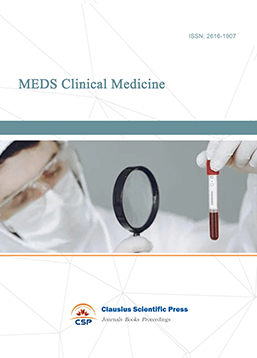
-
Journal of Neurobiology and Genetics
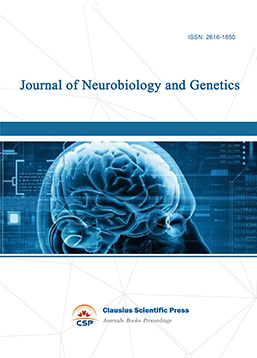
-
Medical Imaging and Nuclear Medicine

-
Bacterial Genetics and Ecology
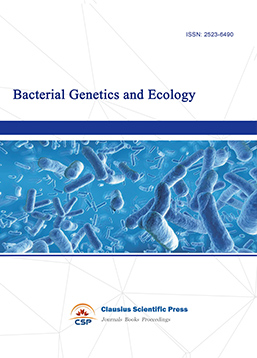
-
Transactions on Cancer
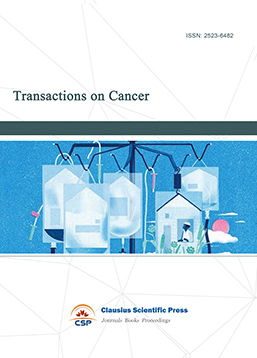
-
Journal of Biophysics and Ecology

-
Journal of Animal Science and Veterinary
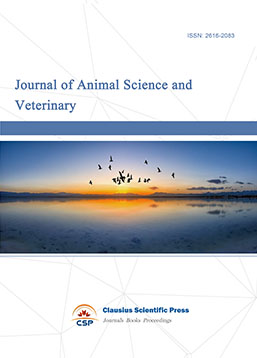
-
Academic Journal of Biochemistry and Molecular Biology
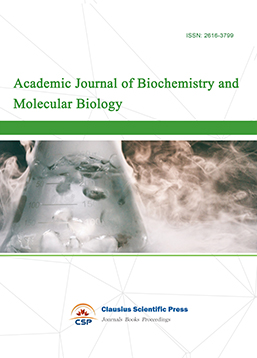
-
Transactions on Cell and Developmental Biology

-
Rehabilitation Engineering & Assistive Technology
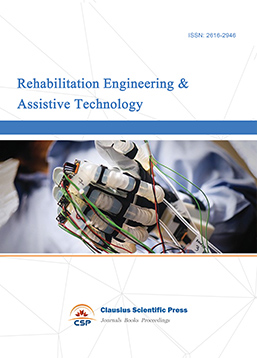
-
Orthopaedics and Sports Medicine
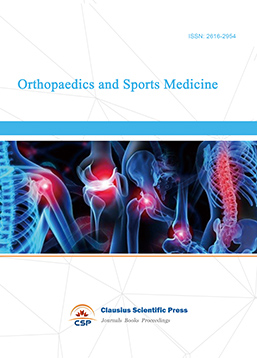
-
Hematology and Stem Cell

-
Journal of Intelligent Informatics and Biomedical Engineering
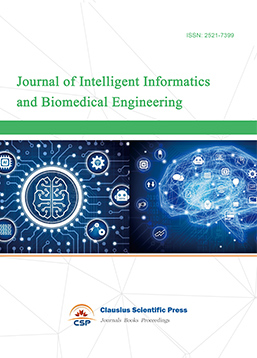
-
MEDS Stomatology
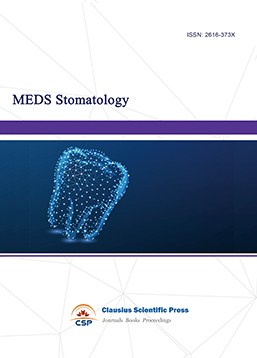
-
MEDS Public Health and Preventive Medicine
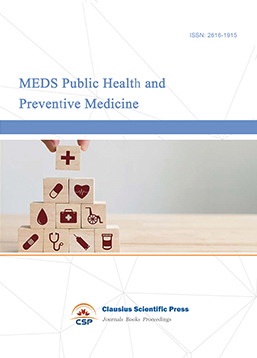
-
MEDS Chinese Medicine
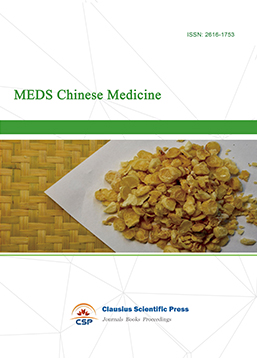
-
Journal of Enzyme Engineering

-
Advances in Industrial Pharmacy and Pharmaceutical Sciences
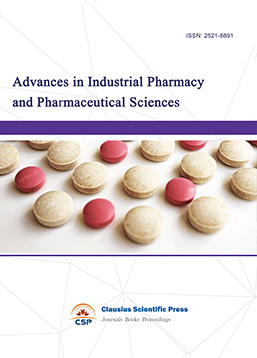
-
Bacteriology and Microbiology
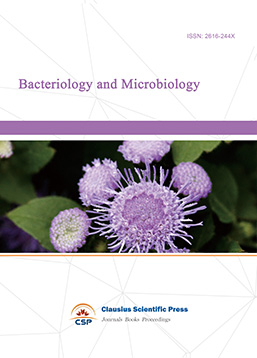
-
Advances in Physiology and Pathophysiology

-
Journal of Vision and Ophthalmology
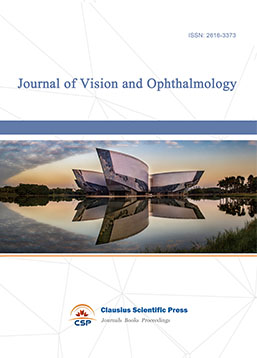
-
Frontiers of Obstetrics and Gynecology

-
Digestive Disease and Diabetes

-
Advances in Immunology and Vaccines

-
Nanomedicine and Drug Delivery
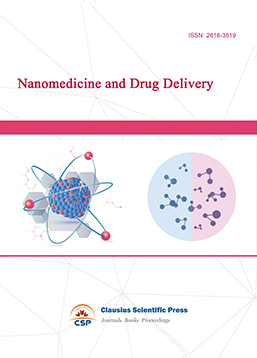
-
Cardiology and Vascular System

-
Pediatrics and Child Health

-
Journal of Reproductive Medicine and Contraception

-
Journal of Respiratory and Lung Disease
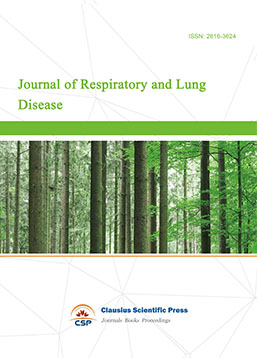
-
Journal of Bioinformatics and Biomedicine


 Download as PDF
Download as PDF